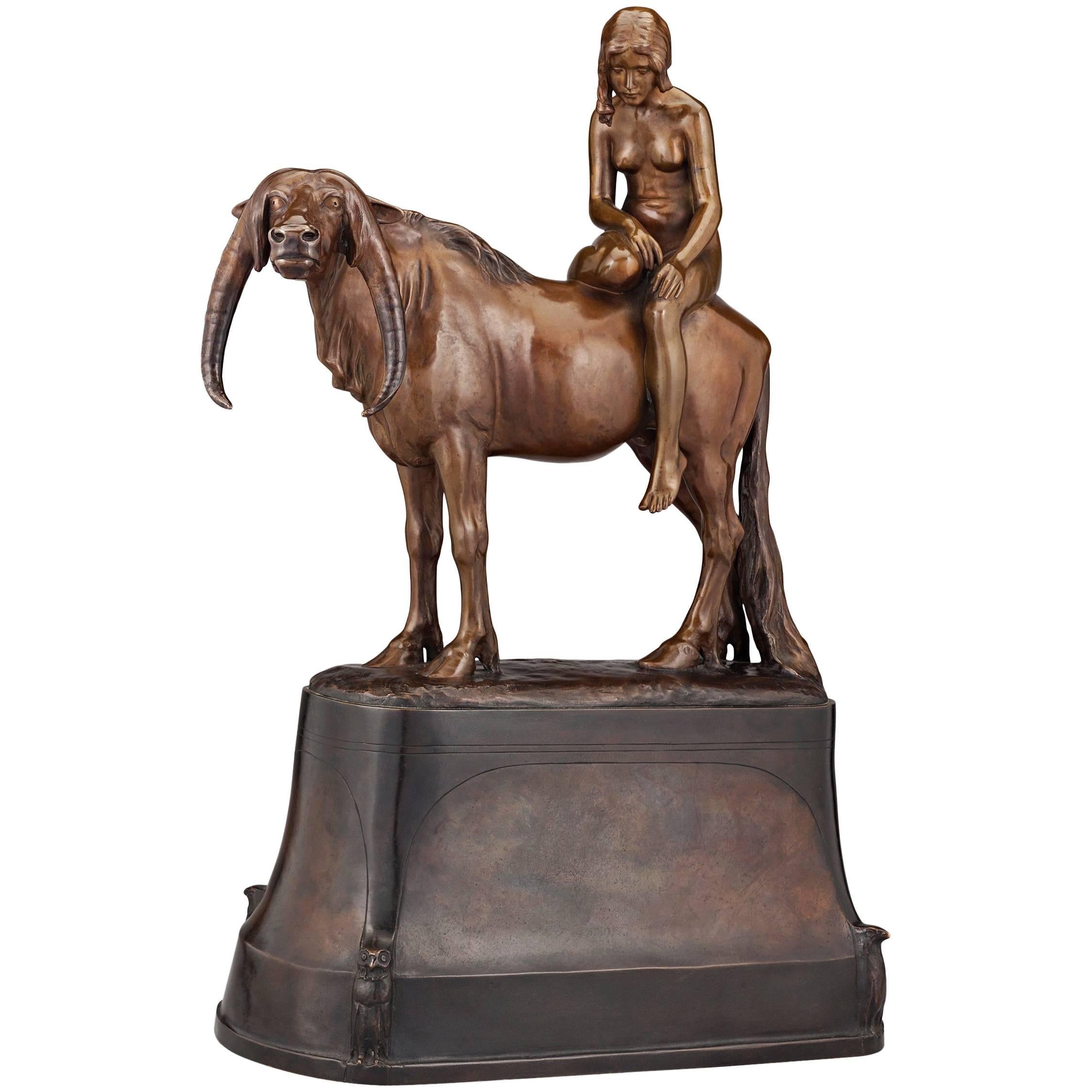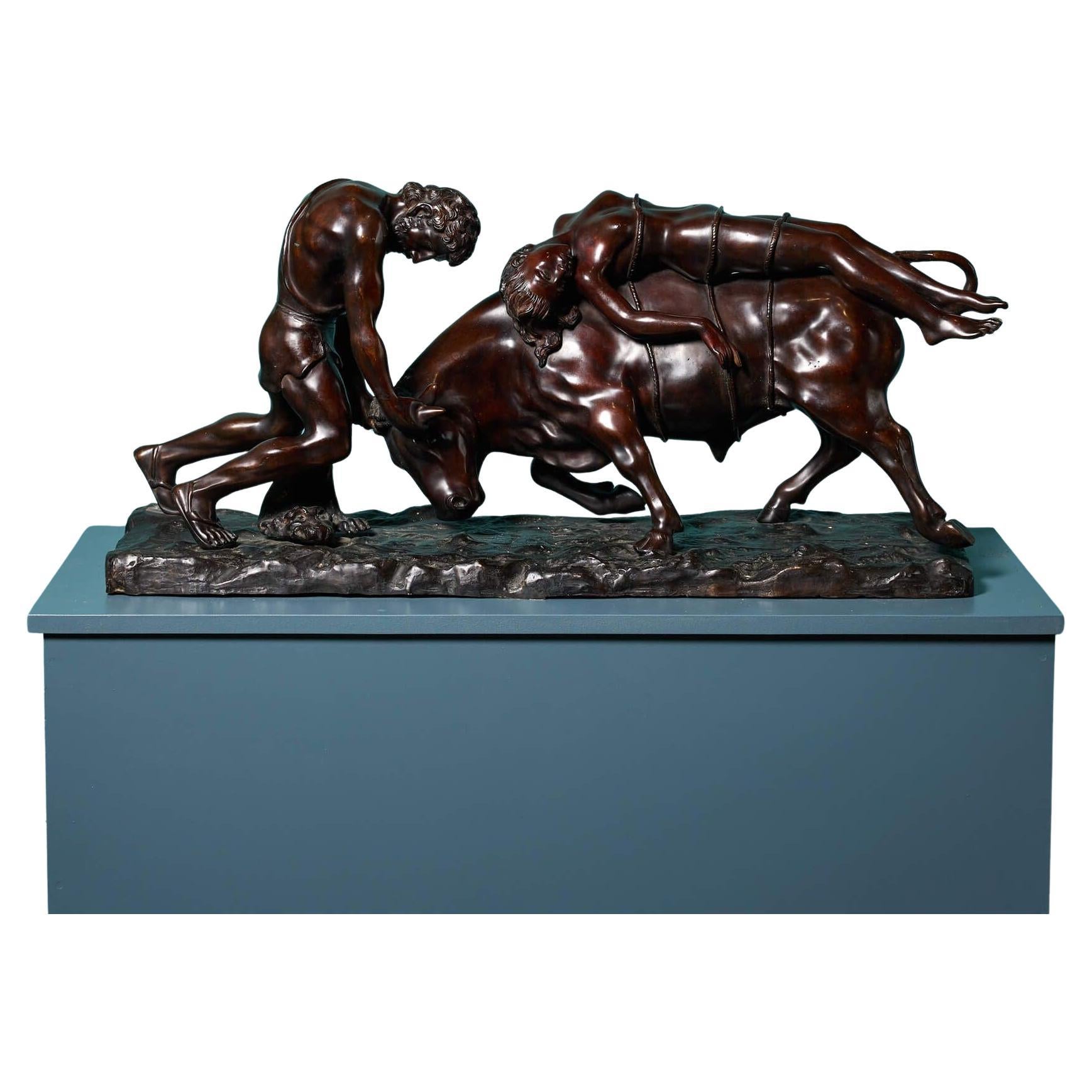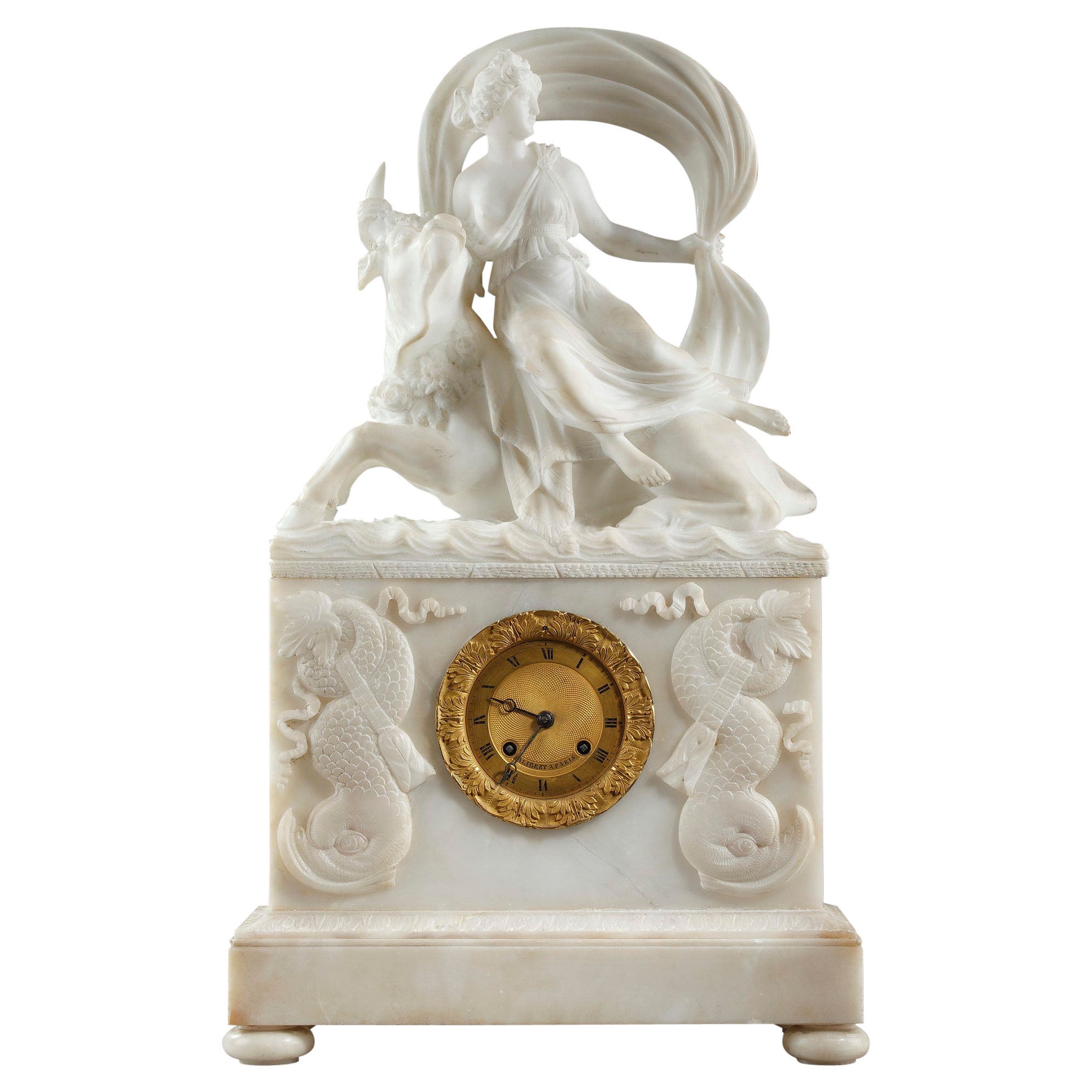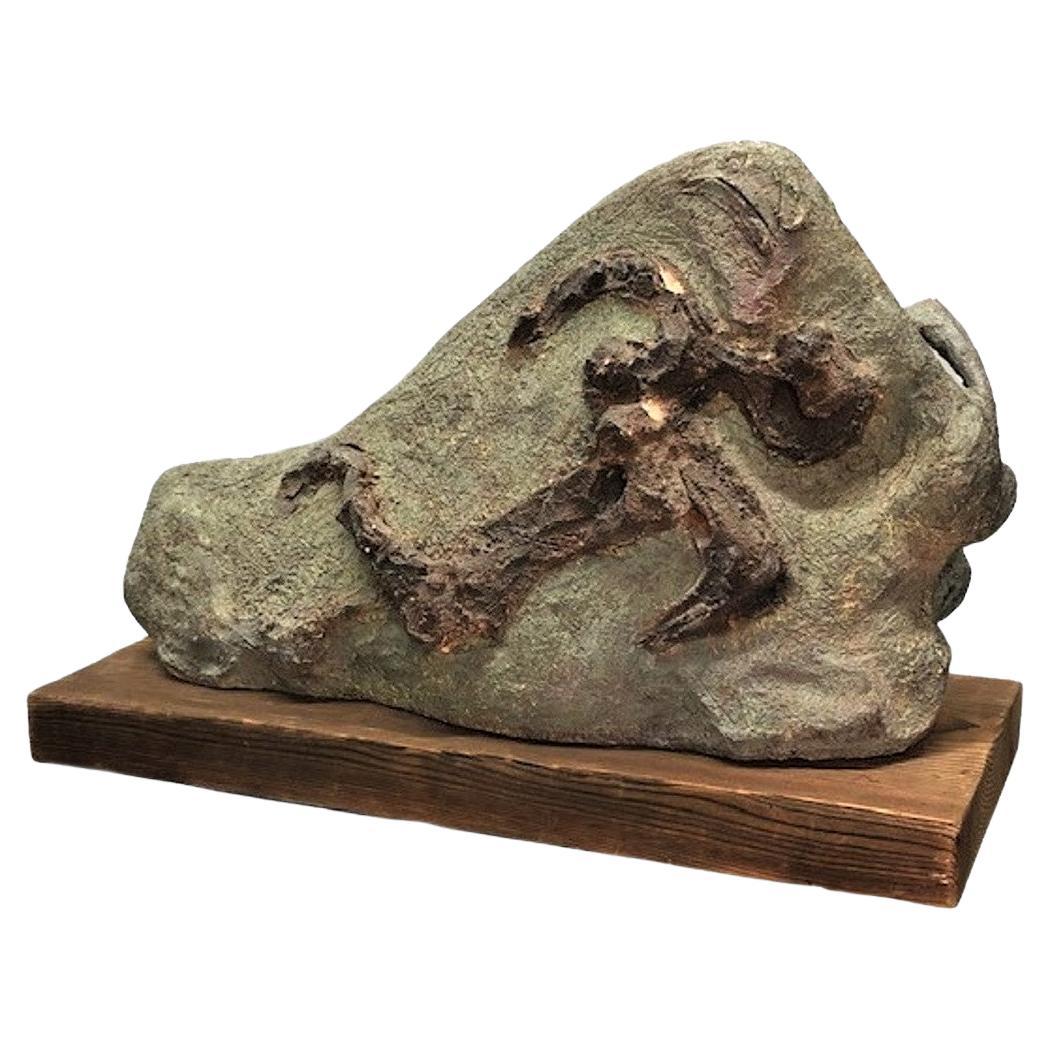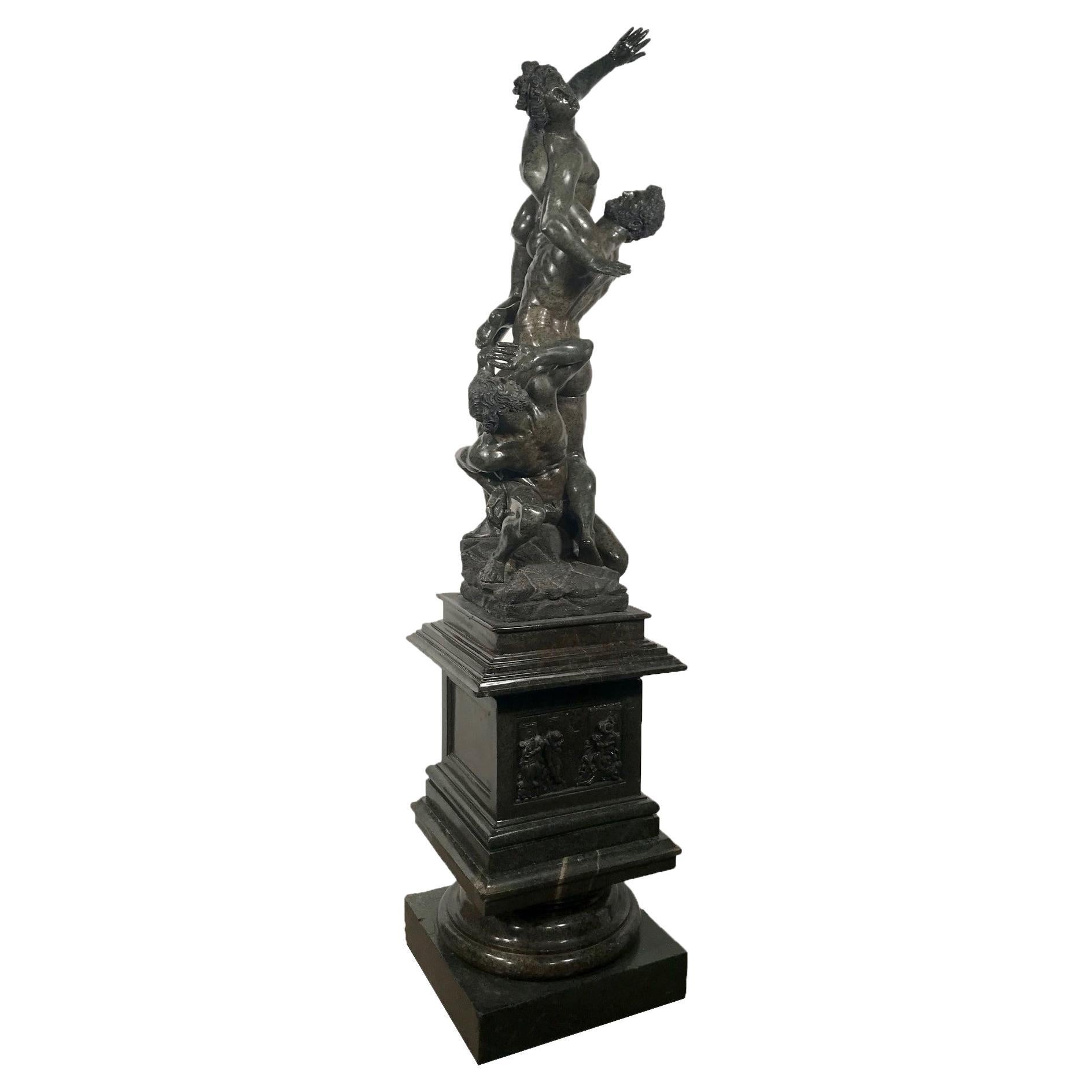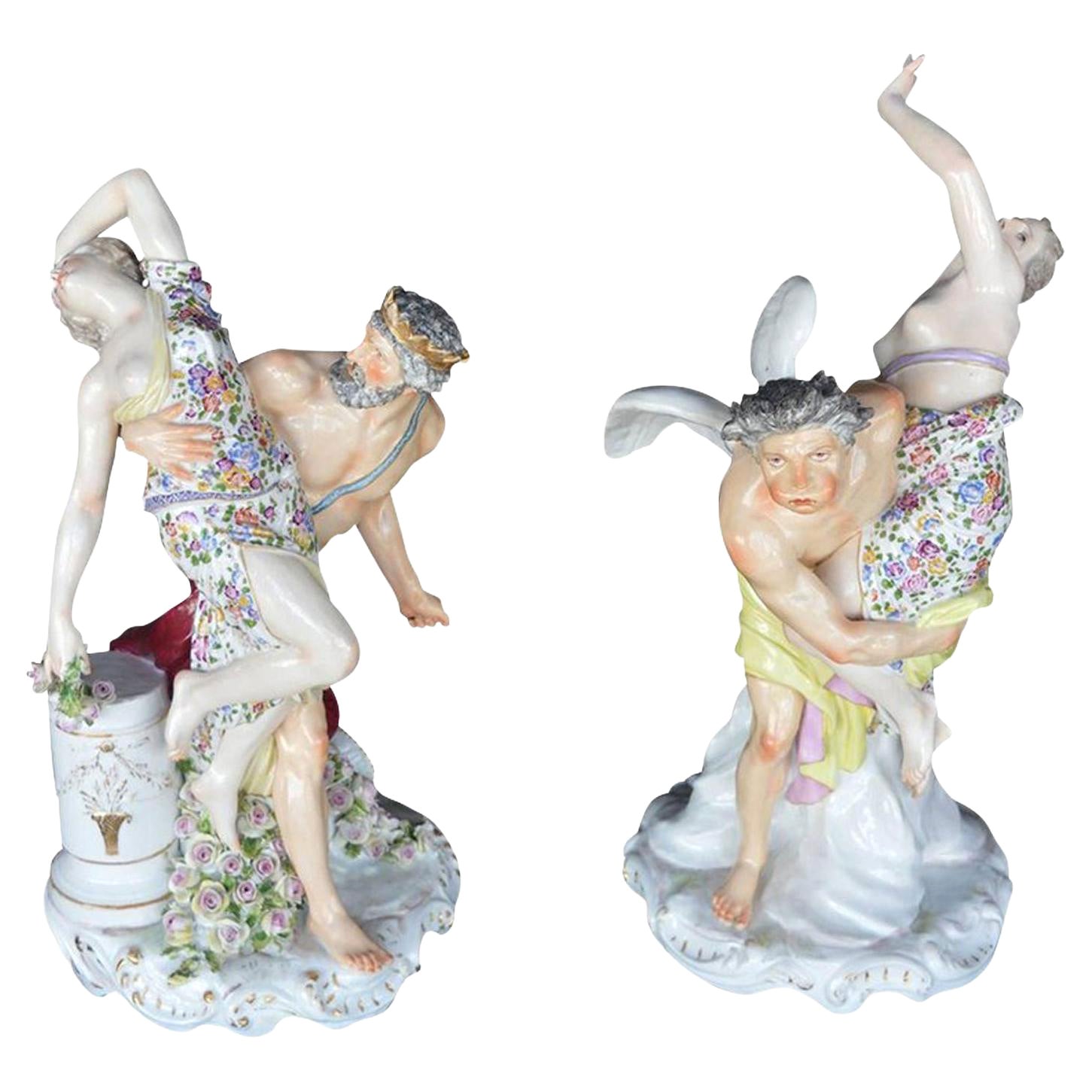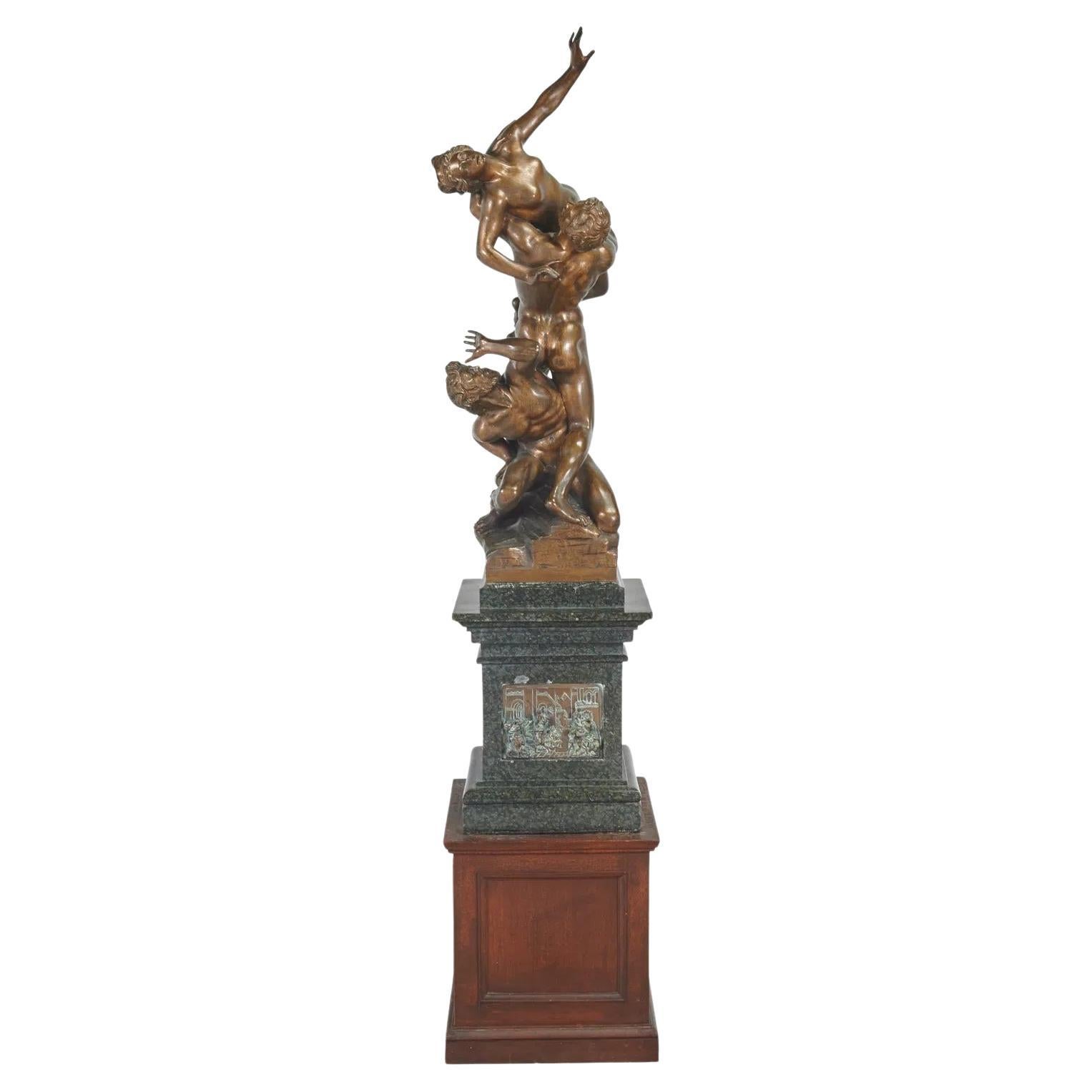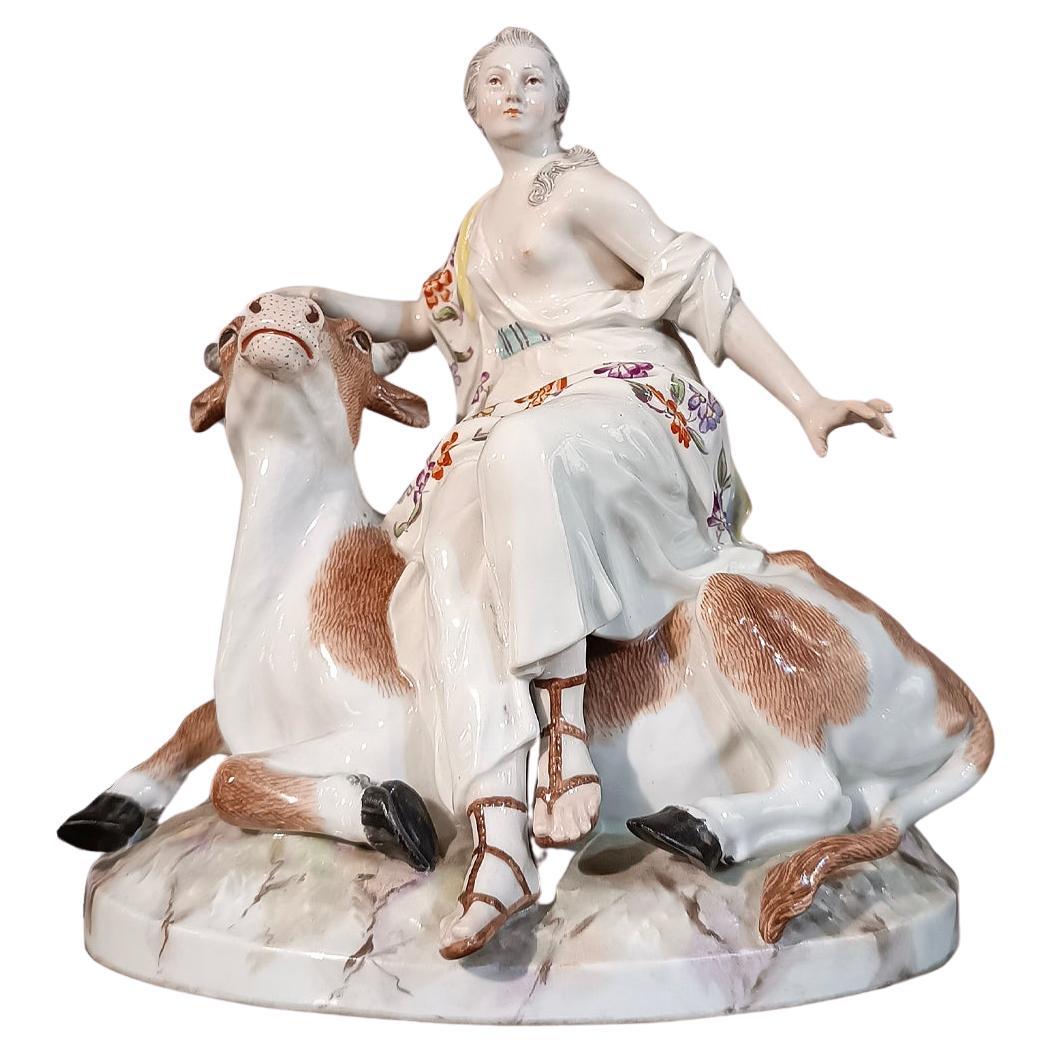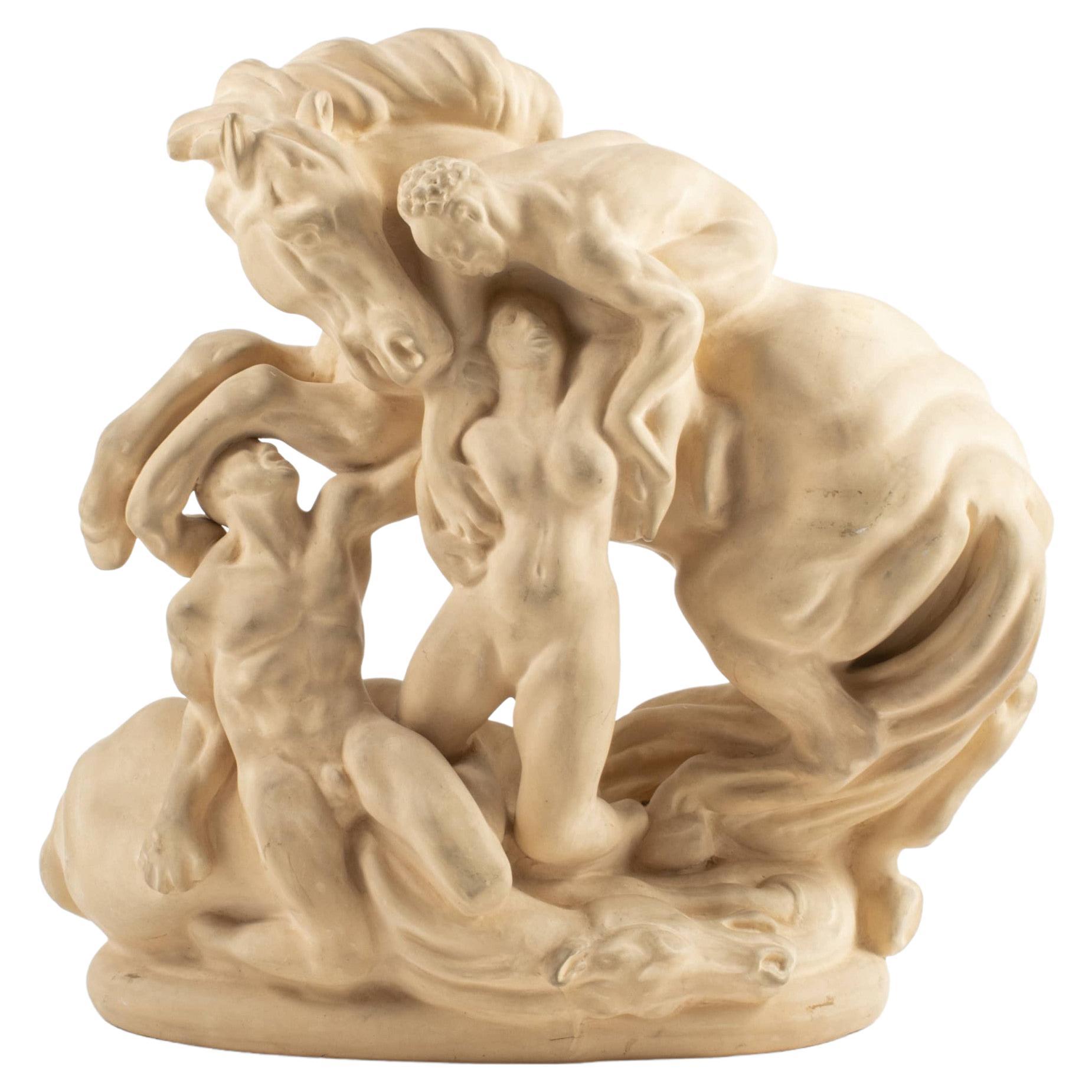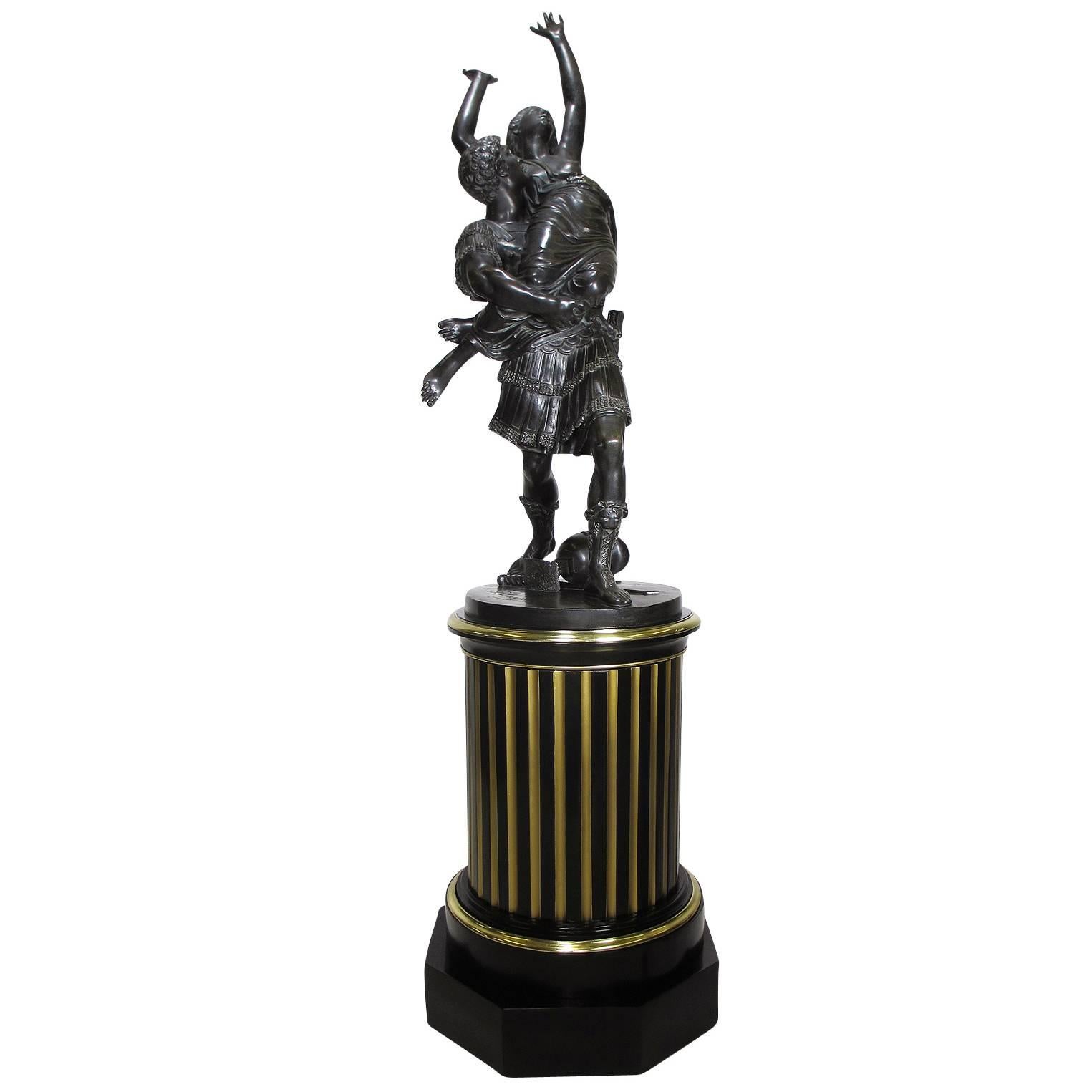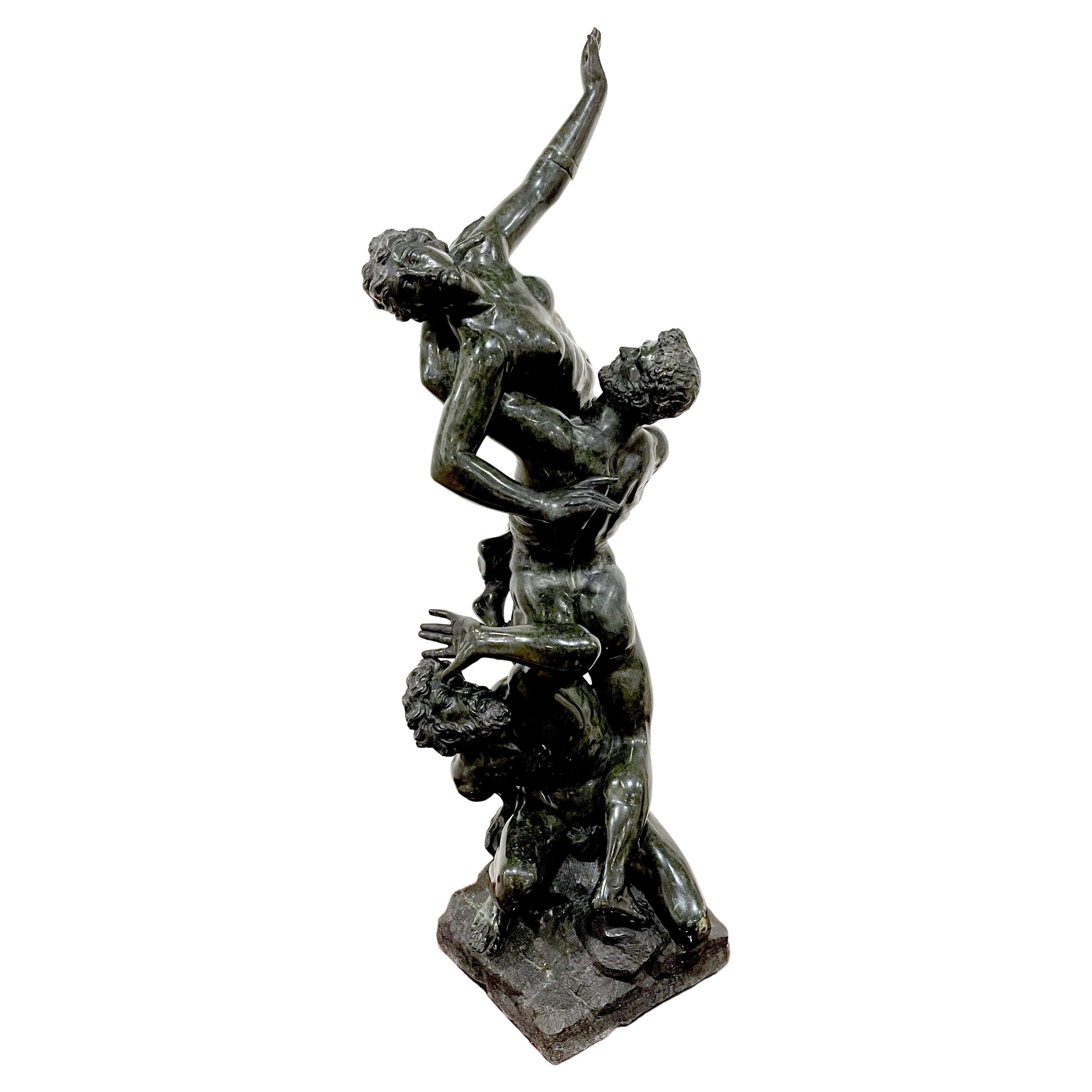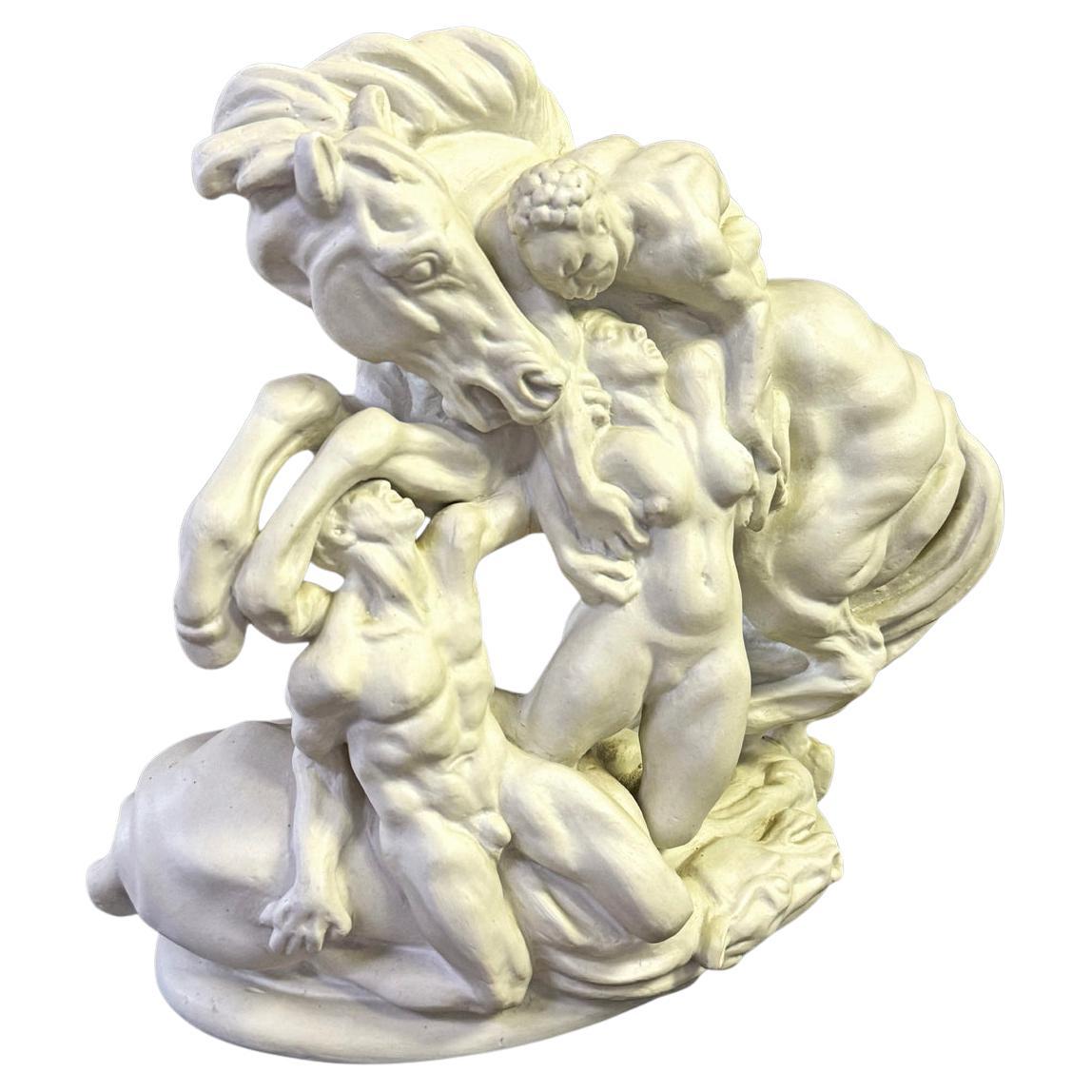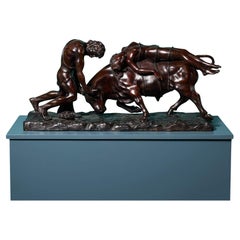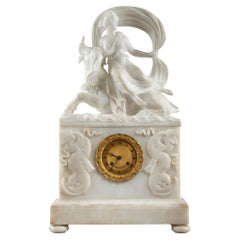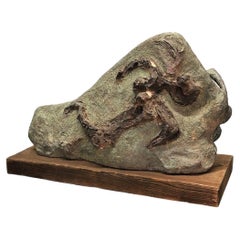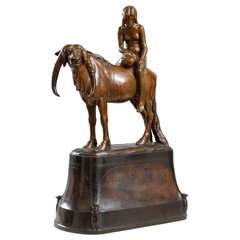
The abduction of Europa
View Similar Items
1 of 8
The abduction of Europa
About the Item
- Creator:Hermann Haase-Ilsenburg (Sculptor)
- Dimensions:Height: 23.43 in (59.52 cm)Width: 15.35 in (38.99 cm)Depth: 7.48 in (19 cm)
- Materials and Techniques:Bronze,Patinated
- Place of Origin:
- Period:
- Date of Manufacture:Before 1904
- Condition:
- Seller Location:Brussels & Antwerp, BE
- Reference Number:1stDibs: 1409249516175
Authenticity Guarantee
In the unlikely event there’s an issue with an item’s authenticity, contact us within 1 year for a full refund. DetailsMoney-Back Guarantee
If your item is not as described, is damaged in transit, or does not arrive, contact us within 7 days for a full refund. Details24-Hour Cancellation
You have a 24-hour grace period in which to reconsider your purchase, with no questions asked.Vetted Professional Sellers
Our world-class sellers must adhere to strict standards for service and quality, maintaining the integrity of our listings.Price-Match Guarantee
If you find that a seller listed the same item for a lower price elsewhere, we’ll match it.Trusted Global Delivery
Our best-in-class carrier network provides specialized shipping options worldwide, including custom delivery.You May Also Like
Abduction of Europa by Hermann Haase-Ilsenburg
By Hermann Haase-Ilsenburg
Located in New Orleans, LA
A poignant work of extraordinary artistry, this bronze figure captures the mythical tale of Europa, the beautiful Phoenician princess who was kidnapped by the king of the Olympian go...
Category
20th Century German Art Nouveau Animal Sculptures
Materials
Bronze
Large Bronze Sculpture of Vincenzo Cinque’s Abduction of Europa
Located in Wormelow, Herefordshire
A large antique bronze sculpture depicting the Abduction of Europa attributed to Vincenzo Cinque.
The large scale and intriguing subject paired wi...
Category
Early 20th Century European Neoclassical Figurative Sculptures
Materials
Metal, Bronze
Alabaster Clock, "The abduction of Europa"
Located in Paris, FR
Rare alabaster clock representing "The abduction of Europa" by Zeus metamorphosed into a bull. Europa, dressed in an antique tunic revealing a breast, is ...
Category
Antique 1830s French Restauration Table Clocks and Desk Clocks
Materials
Alabaster, Bronze
Stanley Stangren, Abduction of Europa, Modernist Terracotta Sculpture, ca. 1950
By Stanley R. Stangren
Located in New York, NY
Dimensions
Total height: 12.5 inches
Width: 19 inches
Depth: 7.5 inches
Base height: 1.5 inches
DETAILS Unsigned, original wood base.
CONDITION Excellent vintage condition, wear consistent with age and use.
Stanley R. Stangren (American, 1928–2014) was an outstanding American jeweler, artist, sculptor and ceramist, residing in New York City. He worked in different styles and in different materials, including oils, watercolor, ceramic and stone sculptures; and fine jewelry. Stangren’s painting styles varied tremendously – from complete abstract works to Holocaust themes in the style of Georges Rouault and Hieronymus Bosch to portraits in the style of Moses and Raphael Soyer. He was also a passionate lover of the performing arts, and, as a young man, spent time studying dance at both the School of American Ballet and with Martha Graham.
Although he worked with dance pioneers like Ms. Graham, Anna Sokolow and Charles Weidman, an injury prevented him from pursuing dance as a career. But he found other outlets for his artistic pursuits. In his youth, Stangrem attended the Brooklyn Museum School of Art, and graduated from the High School of Music and Art in New York City. He later studied at the Boston Museum of Fine Arts, the Art Students League, Bard Colledge and in Europe.
Stangren studied jewelry design in Europe, attending Staatlische Kunst Werkschule in Pforzheim, Germany and Kunstgewerbeschule der Stadt in Zurich, Switzerland. His jewelry and designs were received with great success. His combination of precious and semi-precious stones, high-karat gold and sterling silver, and exotic materials executed with outstanding workmanship in the abstract modernist style gave a unique aspect to his designs, the metalwork usually electroformed, cast, or fused in varying textures. After returning to New York in the later 1950’s, Stangren opened and maintained a ceramic business in Trenton, New Jersey.
Very few pieces of his work remain from this period. When he retired from the ceramics business, he spent much of his time enjoying the arts. He frequently attended Juilliard performances, including most of the opera and drama presentations at the School, and was especially fond of the dance concerts. The last 40 years of his life, he taught painting in the New York area and worked with Metropolitan Museum of Arts in developing annuities, for future acquisitions.
In addition, Stangren left annuities for MoMa in support of educational programs and left, in his will or through his executors, art supplies for the Harlem School of Art and benefits for the Urban Assembly organization. Mr. Stangren's love for the arts and for the performances he was seeing at Juilliard inspired him to take his participation a step further and to establish charitable gift annuities with the School. "I realized what Juilliard offered me, being a passionate music lover, and I decided to give something back" he said.
"What Juilliard achieves is remarkable. When I think of the prominent actors, dancers and musicians that have been educated there, I am always staggered. It is deeply financially satisfying to be able to give back to the School, while benefitting from it at the same time." The Juilliard School is not the only organization that Stanley Stangren...
Category
Vintage 1950s American Mid-Century Modern Abstract Sculptures
Materials
Terracotta
After Giambologna: The Abduction of a Sabine Woman
By Giambologna
Located in Montreal, QC
This fine 19th century copy of the famous group is in a sumptuous Serpentine marble. The Sabine man crouches in submissive pose, whilst the Roman carries off the writhing woman. It is well-presented on the original matching plinth and pedestal . This perhaps forms part of someone's Grand Tour along with mosaics and bronzes after the antique...
Category
Antique 1850s Italian Renaissance Figurative Sculptures
Materials
Marble, Serpentine
Set of Two Porcelain Sculptures of the Abduction of the Sabine Women
By Meissen Porcelain
Located in Los Angeles, CA
Set of two porcelain figurines in the style of Meissen depicting the "Abduction of the Sabine Women"a historic episode from Roman mythology that is traditionally attributed to Romulu...
Category
Antique Early 1900s Figurative Sculptures
Materials
Porcelain
